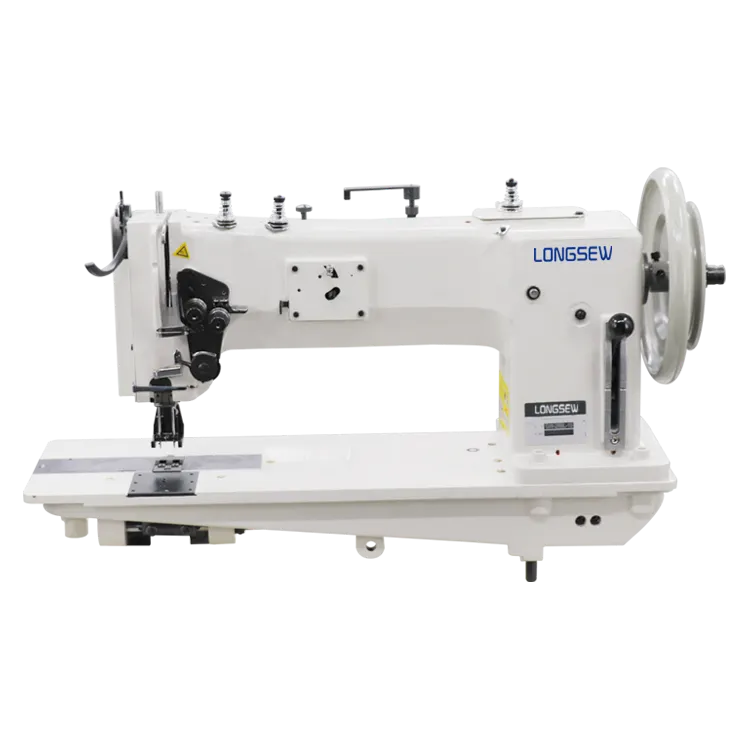what is a twin needle used for
What is a Twin Needle Used For?
A twin needle is a specialized sewing tool that is extensively used in sewing and embroidery. Unlike standard sewing needles, a twin needle consists of two needles that are mounted on a single shaft. This unique design allows for simultaneous stitching, making it a valuable tool for various sewing tasks. Understanding the applications and benefits of a twin needle can enhance both amateur and professional sewing projects.
What is a Twin Needle Used For?
Furthermore, twin needles are often utilized for decorative stitching. By combining different thread colors or types, sewists can produce intricate designs that stand out. For instance, one can use a metallic thread in one needle and a polyester thread in the other to create stunning effects on garments, accessories, or home decor items. This method adds depth and texture to the fabric, making projects more visually appealing.
what is a twin needle used for

Another essential application of a twin needle is in quilting. Quilters often use twin needles to create a consistent, parallel line of stitching along the quilt layers. This technique not only enhances the aesthetic appeal of the quilt but also helps in securing the layers together, preventing any shifting or bunching during the quilting process. The twin needle can also be paired with special presser feet, such as walking feet, which help in maintaining an even feed of fabric layers.
Twin needles are available in various sizes and types, allowing sewists to choose the most suitable option for their project. The size of the needle typically correlates to the thickness of the thread being used. For instance, a larger needle is ideal for thicker threads, while a smaller needle is better suited for fine thread. Additionally, twin needles come in different configurations, such as wide and narrow spacing between the two needles, allowing for further customization based on the desired effect.
While using a twin needle, it's important to remember some best practices to achieve optimal results. Ensure that your sewing machine is equipped to handle a twin needle; some machines may require specific adjustments. Moreover, always use two spools of thread, one for each needle. The thread tension should be tested, as it may need to be adjusted to ensure smooth stitching. Lastly, be mindful of your fabric choice; not all fabrics are suitable for twin needle stitching, particularly those that are overly thick or heavily embellished.
In conclusion, a twin needle is an invaluable tool for both practical and decorative applications in sewing. Whether you are hemming a knit garment, adding decorative touches to your sewing projects, or quilting, this needle enhances efficiency and creativity. By incorporating a twin needle into your sewing toolkit, you can elevate your craft and achieve professional-quality results.
-
Boost Production Efficiency with a Pattern Sewing MachineNewsAug.29,2025
-
Industrial Excellence with the Best Heavy Duty Sewing MachineNewsAug.29,2025
-
Precision and Power with the Best Pattern Sewing MachineNewsAug.29,2025
-
Reliable Bulk Packaging Starts With the Right FIBC Sewing MachineNewsAug.29,2025
-
Advanced Packaging Solutions: Elevate Productivity with Jumbo Bag Sewing Machine and Industrial Stitching EquipmentNewsAug.29,2025
-
High-Performance Solutions for Bulk Packaging: FIBC Sewing Machine and MoreNewsAug.29,2025
-
Maximize Efficiency with an Industrial Cylinder Arm Sewing MachineNewsAug.28,2025


























